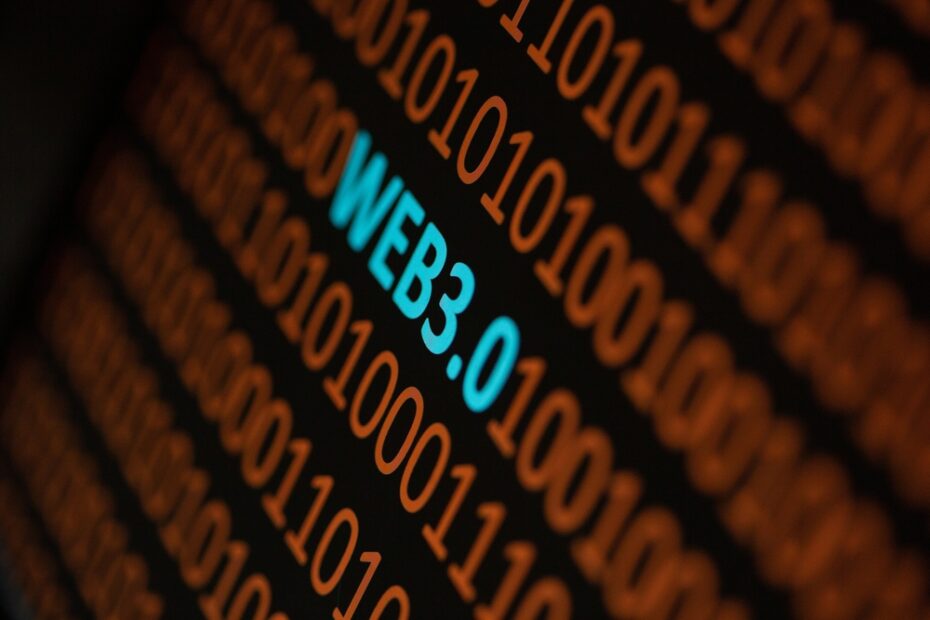Introduction
The web, since its conception in the late 1980s, has had an enormous impact on the way we search for information, live and communicate. The web itself has evolved from a system for making information accessible to a system where users can also own and trade the digital goods they publish.
Web 1.0 – the read Web
The beginning of the Web, now known as ‘Web 1.0’, took place in the early 1990s. In those days, the Web mainly consisted of static sites owned by companies that created their content. Users rarely produced content. This is why it became known as the read web.
Web 2.0 – the read-write Web
The Web 2.0 period started in 2004 with the emergence of social media platforms. These platforms were read-write by nature. Instead of providing content to users, companies began to provide platforms to share user-generated content. The platforms then facilitated interactions between users.
As the number of people online increased, some large companies began to control an enormous amount of the traffic and value generated on the web. Web 2.0 also gave rise to the advertising-based revenue model. While users could create content, they did not own it, nor did they benefit from its monetization.
Il Web 3.0 – the read-write-own Web
Web 3.0 came as the solution to a problem that many early cryptocurrency adopters felt: the internet required too much trust. That is, most of the web that people are familiar with today is based on trust in a group of private companies that control the resources of their users. Web 3.0, also known as Web3, introduces the possibility of breaking free from this system and owning one’s own resources directly.
The role of blockchain
Web3 is based on blockchain and distributed ledger technology (DLT), i.e. the decentralised infrastructure behind cryptocurrencies and the crypto world in general.
Over time, Web3 has become a generic term for the vision of a new and better internet. Web3 is based on blockchain, and with cryptocurrencies and NFTs it returns power to users by enabling forms of ownership.
Web3 principles
Some fundamental principles underlie Web3:
- Decentralisation: the network is made up of machines owned by numerous users and organisations without relying on a single company.
- Trust: Web3 does not require trust in companies, but operates using incentives and economic mechanisms.
- Ownership: Web3 allows direct ownership of users’ digital assets through non-fungible tokens (NFT). Ownership and control are thus decentralised. Users and builders can own pieces of Internet services by owning both non-fungible (NFT) and fungible tokens.
- Resistance to censorship: On Web3, data lives on the blockchain. When a user decides to leave a platform, their resources and reputation can be moved to another platform if the user decides to do so out of their own interest or because they do not like the way the platform operates.
- Identity: Web3 allows a single login across platforms that is secure, censorship resistant and anonymous.
- Native payments: Web2’s payment infrastructure is based on banks and payment processors, excluding people without bank accounts or those who happen to live within the borders of a country not admitted to the service. Web3 enables native payments using cryptocurrencies that can be received and sent by anyone without going through intermediaries.
Limitations
Web3 also has limitations in its current form. Especially in terms of accessibility, user experience and user training.
The technical barrier to enter the use of Web3 is currently too high. It is also introducing new paradigms that require learning different mental models from those used in Web2.0. Finally, the transaction cost is still high for potential users.
Conclusions
Web3 is a young and evolving ecosystem. In the last year, there has been a significant surge in interest in cryptocurrencies. Improvements to solutions, experiments with new forms of governance and revolutions in digital identity.
The key element is that Tokens give users property rights: the ability to own a piece of the internet: NFTs give users the ability to own objects, which can be art, photos, code, music, text, game objects, credentials, governance rights, access passes, and any other digital object or service.
We are only at the beginning of creating a better internet with Web3, but as the infrastructure continues to improve the infrastructure, the future of the Web looks bright.
